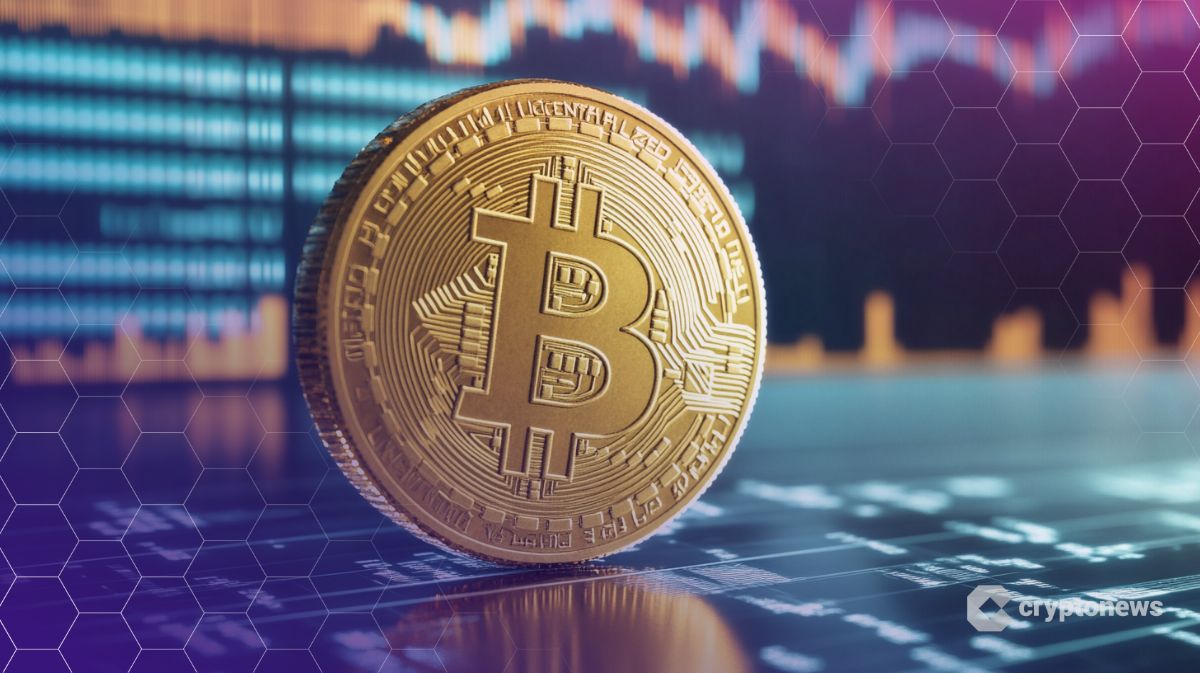Coinbase eyes $2b raise in private markets after weak Q2 print
Coinbase, still reeling from its Q2 revenue slide, plans to sell $2 billion in convertible debt to institutional buyers. The private placement, split between 2029 and 2032 maturities, lets the exchange tap Wall Street’s deep pockets without inviting a retail investor revolt.
- Coinbase plans to raise $2 billion through a private convertible debt offering after a weak Q2 performance triggered a 15% drop in shares.
- Proceeds will fund capped call hedges and broad corporate purposes, possibly including further Bitcoin purchases.
According to a press release on August 5, Coinbase plans to offer $1 billion in convertible senior notes due 2029 and another $1 billion due 2032, exclusively to qualified institutional buyers under SEC Rule 144A.
The notes include an option for initial purchasers to buy up to an additional $300 million in total and can later convert to cash, stock, or a hybrid at Coinbase’s discretion, the exchange said in the statement. Pricing terms, including interest rate and conversion ratios, are still being finalized.
Coinbase also disclosed plans to enter into capped call transactions for both tranches, designed to mitigate dilution upon conversion. The offering comes just days after the exchange’s Q2 earnings miss triggered a sharp selloff in COIN shares, which fell more than 15% on the results.
Why this raise matters and where it might go
According to the statement, Coinbase plans to allocate a portion of the $2 billion in proceeds toward capped call transactions, a defensive maneuver against potential stock dilution. The rest will fund general corporate purposes, a deliberately broad category that includes working capital, acquisitions, and even share buybacks.
That wide category leaves room for speculation. Coinbase already ranks as the world’s 10th-largest public Bitcoin holder with 11,776 BTC, worth approximately $1.26 billion at the time of writing, per BitcoinTreasuries.net.
In Q2 alone, the company picked up 2,509 BTC, adding over $280 million worth of Bitcoin to its balance sheet, despite its broader revenue struggles. There’s reason to believe Coinbase could follow the playbook of Michael Saylor’s Strategy, which routinely uses note offerings to accumulate more BTC.
If Coinbase follows through with further Bitcoin purchases, it would represent a strategic and symbolic move, especially given the firm’s S&P 500 inclusion and its positioning as a regulated U.S. exchange.
Did the Q2 earnings force Coinbase’s hand?
The urgency behind this raise becomes clearer when examining Coinbase’s second-quarter performance. While the exchange posted $1.5 billion in revenue, a modest year-over-year increase, it fell short of analyst expectations, triggering a 15% stock plunge. Transaction revenue, its lifeblood, missed estimates at $764 million, while subscription and services income, including stablecoin and staking revenue, grew just 9% to $655.8 million.
Critically, Coinbase’s partnership with Circle, the issuer of USDC, showed signs of strain. Mizuho analysts noted shrinking margins in the revenue-sharing arrangement, a troubling trend given stablecoins’ role as a profit stabilizer.
Meanwhile, retail trading volume, which commands higher fees than institutional activity, grew a tepid 16% to $43 billion, well below Wall Street’s $48 billion forecast. Against this backdrop, the $2 billion raise looks less like opportunistic growth and more like necessary insulation against further turbulence.
You May Also Like

Galaxy plans to issue tokenized stock GLXY

Treasury Issues Urgent Bitcoin ATM Scam Alert After $247M in Victim Losses
